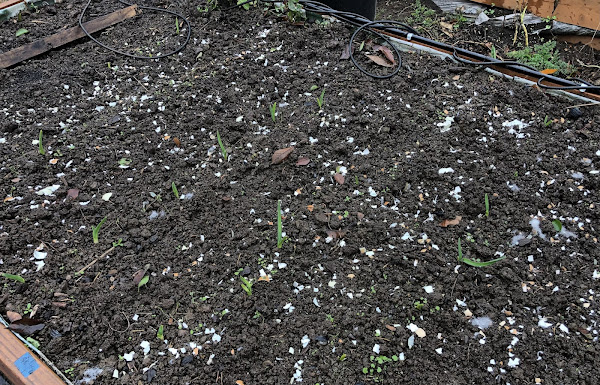(1). Generally speaking, most peaches are self pollinating and seed grown peach trees are usually similar to their parent. Not always, but often.
(2). Maybe it's better to have peaches on their own roots anyway. No grafting complications, rootstock borne disease, nursery-borne diseases.
(3). My experiences so far are that seed grown peach trees start bearing as fast as grafted peach trees.
(4). I think in general, peach trees often die young.
So if you have a peach trees that's been bearing well for a number of years, this might be a good time to start a new one.
All that said, I collected pits from my "special" home grown peach tree. I planted a bunch of them in a row at the mend of the garlic bed, where if they start growing next Spring, I'll see them.
I also cleaned up a dozen peach pits, wrapped in wet newspaper, and placed into a jar. That went into the fridge. Now is about four months, so I took half of them, cracked them open (hammer on concrete garage floor), and washed off the seeds. Those are going into damp paper towel, in a zip lock bag, in my office. I plan to do the same with the others after another month of stratification.
Originally, I designated this peach "Cowlitz" in honor of the people who preceeded us in this area. However, I thought that might be improper, so I renamed it "Sunny Day Peach". As far as ai can find, there is no other fruit with that name.
I just looked up peach trees on the Raintree website. $59.99 plus who knows what shipping! And my experience, most (almost all) don't do that great, if they survive at all, in my garden. A free peach pit from a reliable, well producing tree, is a real bargain!
Edit 11.3.01 I only had these in my office for a few hours. Further reading, it looks like peach pits need roughly 90 to 110 days to germinate. We are still a week or two from that date. Some people remove the seed from the pit prior to stratifying. So I think we should be OK.







